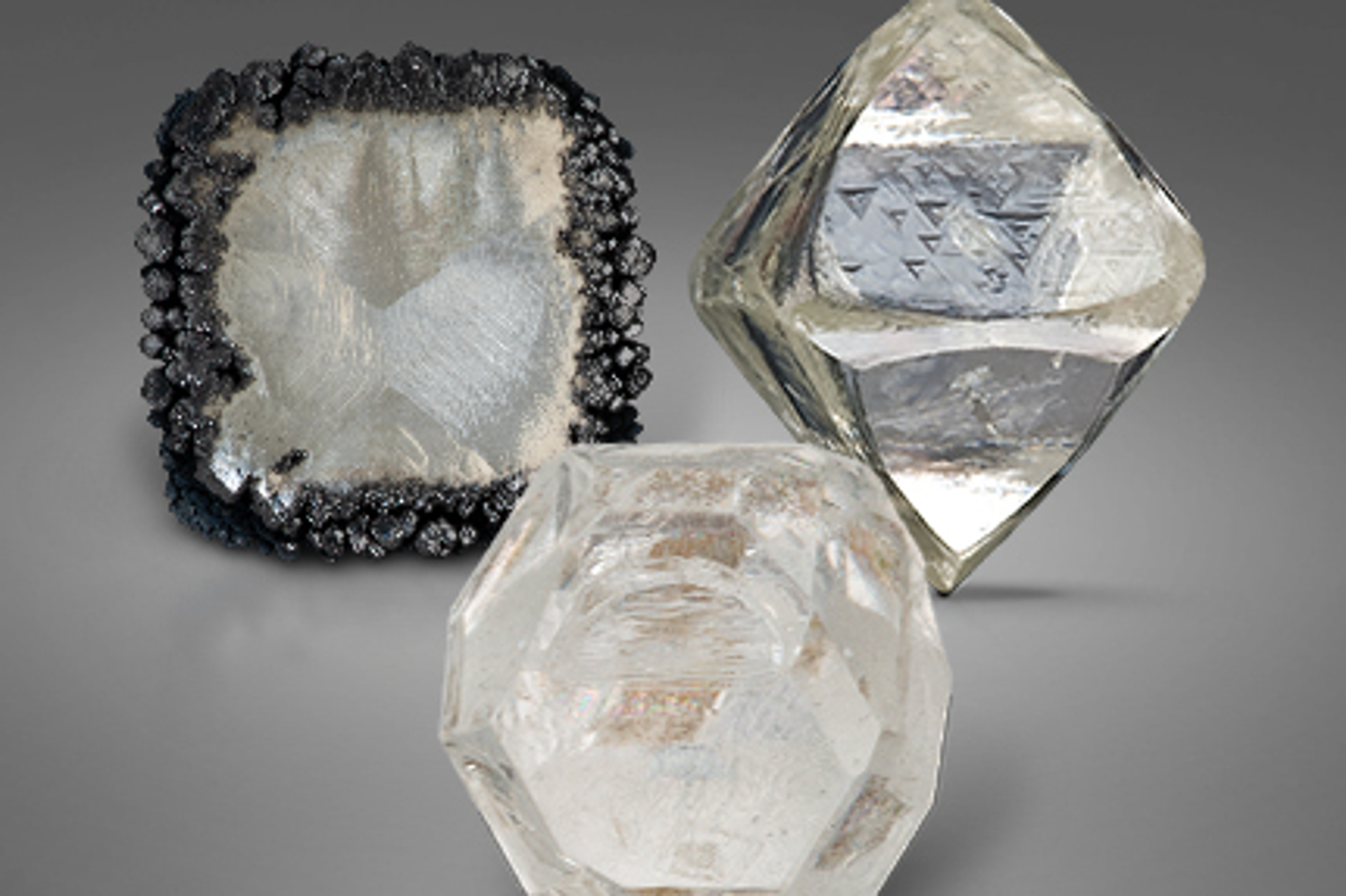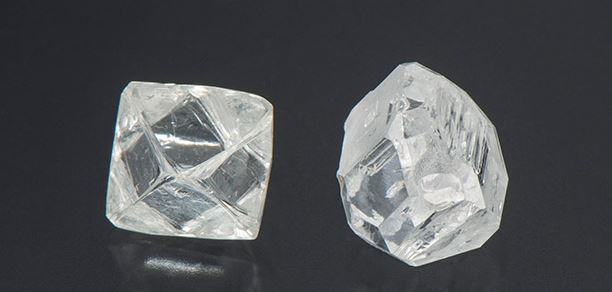At nearly half the price with identical physical and optical properties, lab grown diamonds are a great alternative to mined diamonds.
Choosing the right engagement ring is hard enough. But the introduction of lab grown diamonds – with all that shiny goodness at a lower price point – has made it even tougher for shoppers to weigh their options.
Gem-quality lab grown diamonds have existed since the 1970s, but they hit the market in earnest in the last five years. Virtually indistinguishable from mined diamonds, their arrival has sparked debate about the definition of a diamond, mining practices of the natural diamond industry, and the environmental implications of both approaches.
What Is a Lab Grown Diamond?
Lab grown diamonds – also known as synthetic diamonds, man-made diamonds, engineered diamonds, or cultured diamonds – are (you guessed it) made in a lab. Since diamonds consist of carbon atoms arranged in a crystal formation, scientists can create these diamonds by isolating carbon and layering it onto itself.
They do this one of two ways. There’s the High-Pressure High-Heat (HPHT) method, which mimics the conditions that create diamonds deep beneath the earth’s surface, and there’s Chemical Vapor Deposition (CVD), which uses high heat to break carbon atoms free from their molecules, letting them settle like snow onto a flat surface until a diamond forms. A mined diamond (left) and a lab grown diamond (right) can appear identical to the naked eye. Can you tell the difference?
Lab grown diamonds have the same physical, chemical and optical properties as mined diamonds. In fact, even industry experts can’t tell the difference without special equipment that scans for crystal patterns and impurities. For example, if the diamond contains nitrogen, it likely came from the earth.
Lab Grown Diamonds vs. Diamond Simulants?
While the term “simulants” gets thrown around in discussions of lab growns, lab grown diamonds are not diamond simulants.
While the atomic makeup of lab grown diamonds is the same as that of natural diamonds, diamond simulants are not carbon based. These stones are manufactured to look like diamonds, but are made from materials like cubic zirconia or moissanite.
Cubic zirconia is produced from zirconium dioxide. It’s very inexpensive, so it’s often used in inexpensive rings and costume jewelry. Unfortunately, cubic zirconia discolors and scratches easily, so it’s not a great diamond alternative.
Moissanite is produced from silicon carbide. It’s a durable stone (second hardest compared to diamonds) at only a tenth of the price of a natural diamond, so it’s a better choice for a diamond substitute.
Pros and Cons of Lab Grown Diamonds
If lab grown diamonds are not simulants, that raises the question: Is there really a difference between buying a lab grown diamond and paying more for a natural one?
The answer is yes. Here are few benefits and drawbacks of lab grown diamonds, compared to their mined counterparts.
Pros
- Lab grown diamonds will cost 30-40% less than a natural diamond of similar size, color and clarity
- Lab grown diamonds do not require mining, which degrades the environment and has been known to historically put workers in dangerous or unsanitary conditions. While recent measure taken against the production and sale of conflict diamonds with the Kimberly Process has helped determine a diamond’s origin, it does not account for human rights factors
- Since these diamonds have the same exact atomic makeup as natural diamonds, lab grown diamonds have skyrocketed in popularity in the last five years, with even natural diamond behemoths like DeBeers getting in on the lab grown game
Cons:
- Because lab grown diamonds have no supply constraints, their value will continue to depreciate, which will impact resale value and make it more costly to upgrade in the future
- Diamond labs are run by well-funded corporations in developed countries, whereas your purchase of a natural diamond supports people who depend on mining for income, creating about $4 billion in revenue for employees and $6.8 billion through the economic ripple effect in their communities
- While lab grown diamonds circumvent environmental issues with mining, they create sustainability problems of their own. The heat and pressure needed to create a lab grown diamond demands huge amounts of energy
Have a question? We can help!
Gage Diamonds is Chicago's premier jewelry showroom and online retailer of engagement rings, wedding bands, and fine jewelry. We offer a selection of dazzling handpicked diamonds, including certified natural diamonds.
We’re committed to helping you find the ring of your dreams. Browse our selection of lab grown diamonds and natural diamonds or set up an appointment with a member of our trusted staff at our in-person showroom.
We offer no-credit-needed financing – feel free to apply and get your approval within 24 hours!
Pay over time, because love shouldn’t wait.


